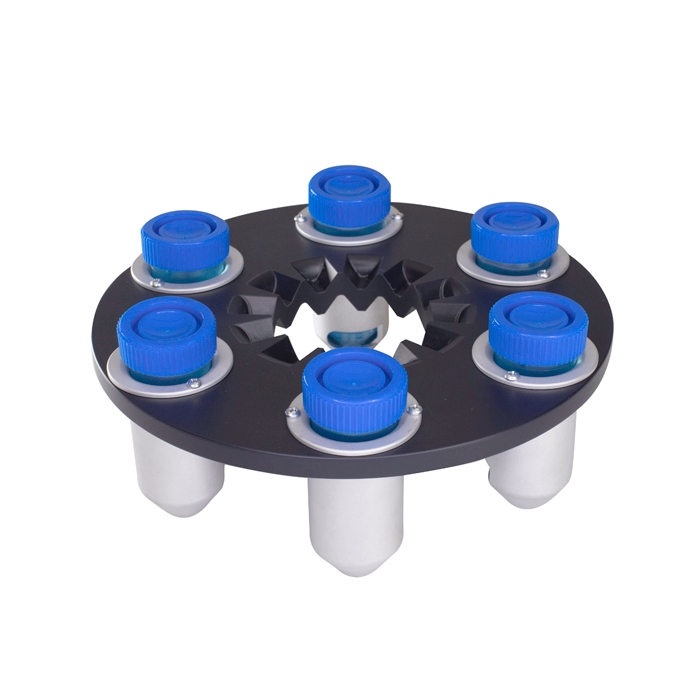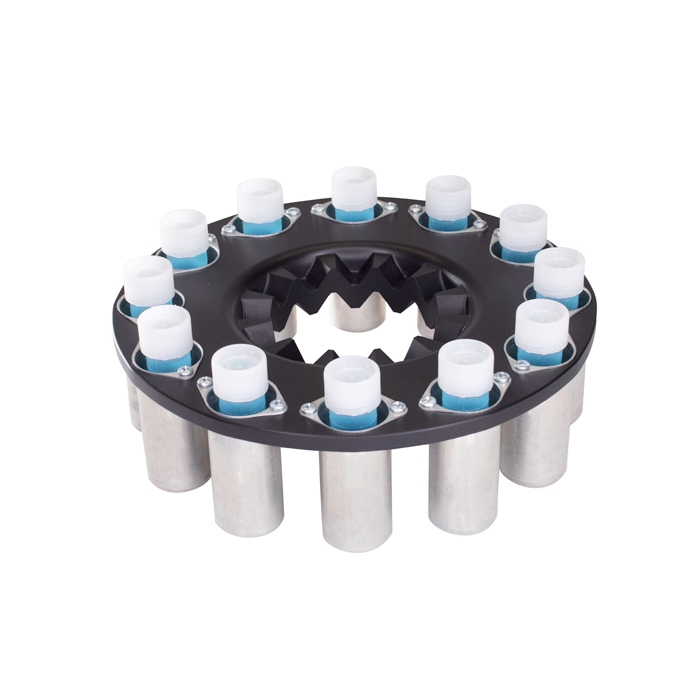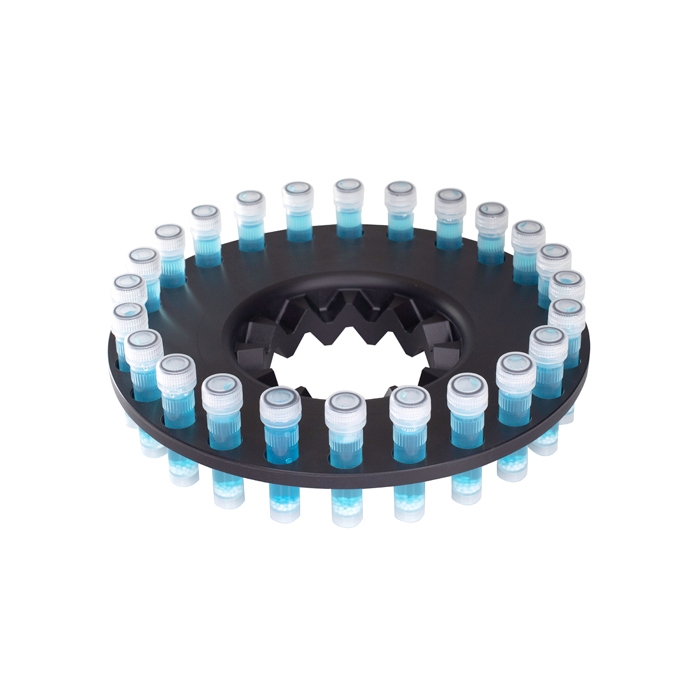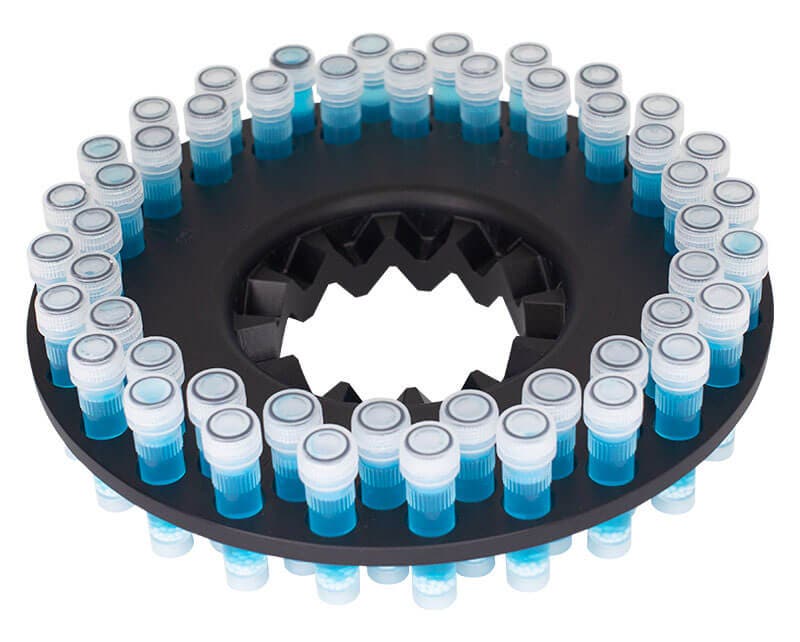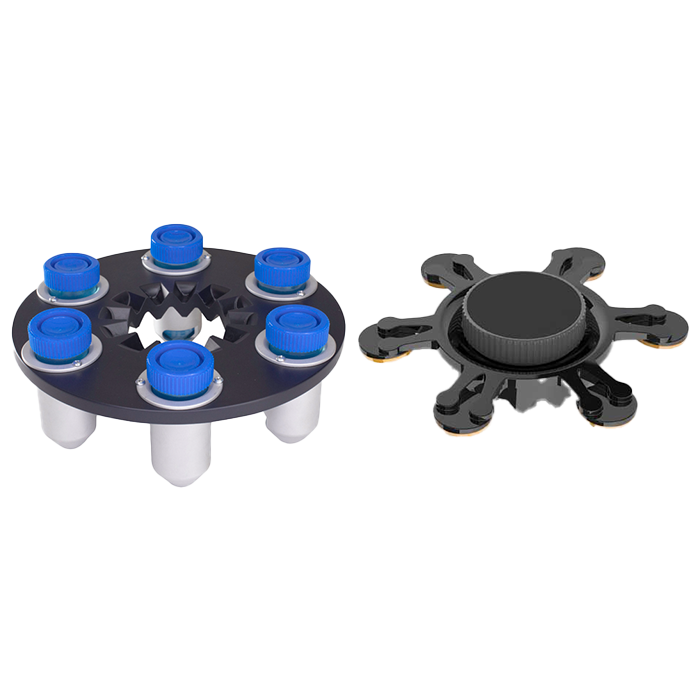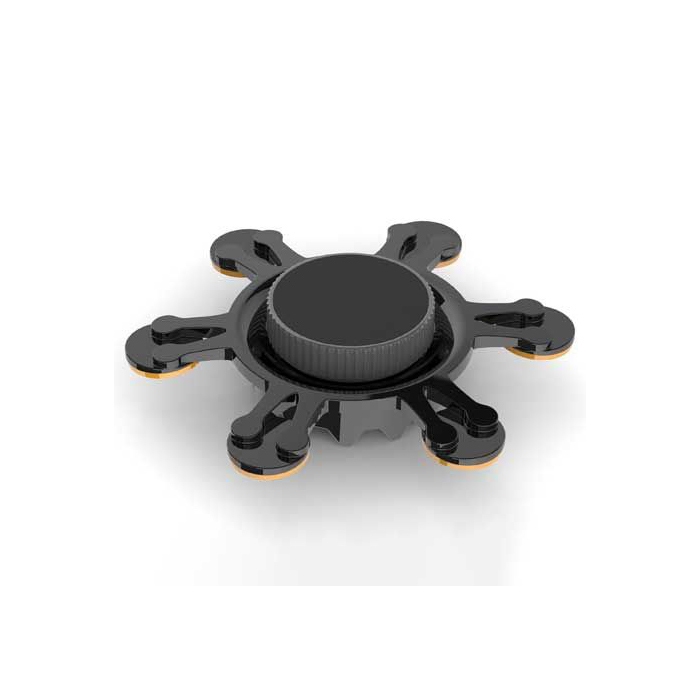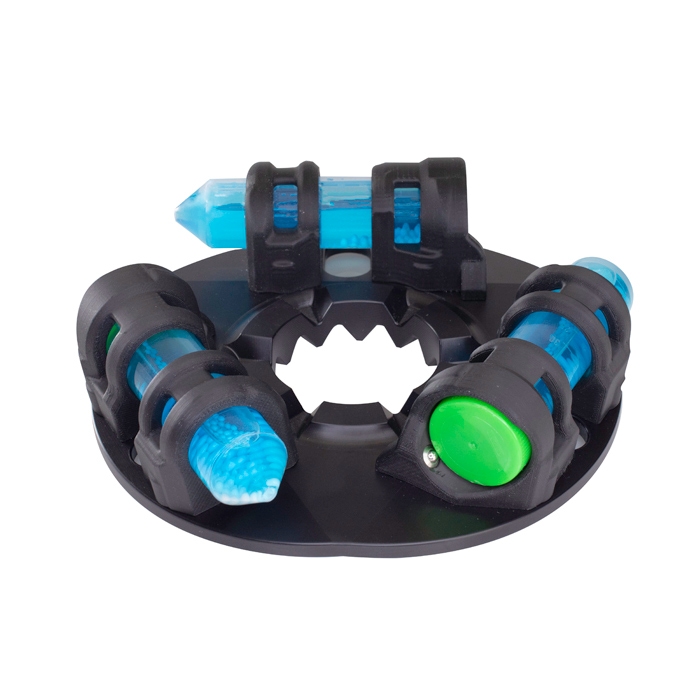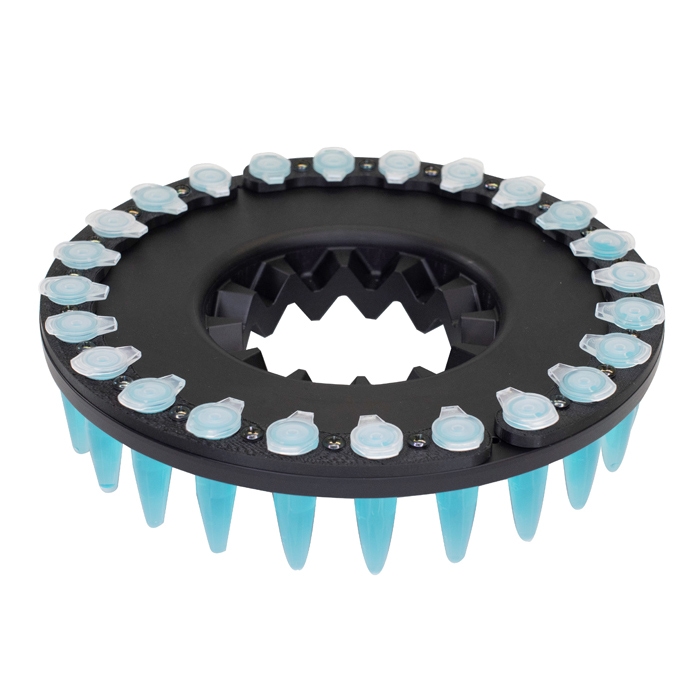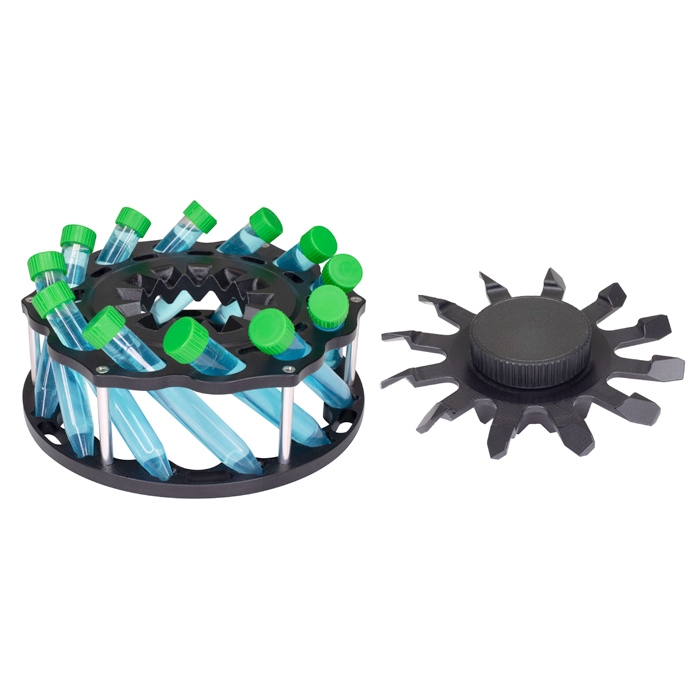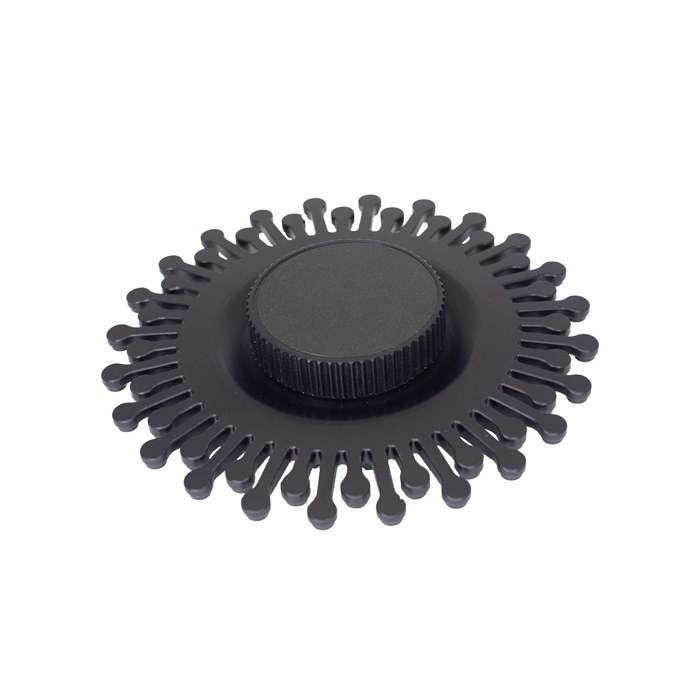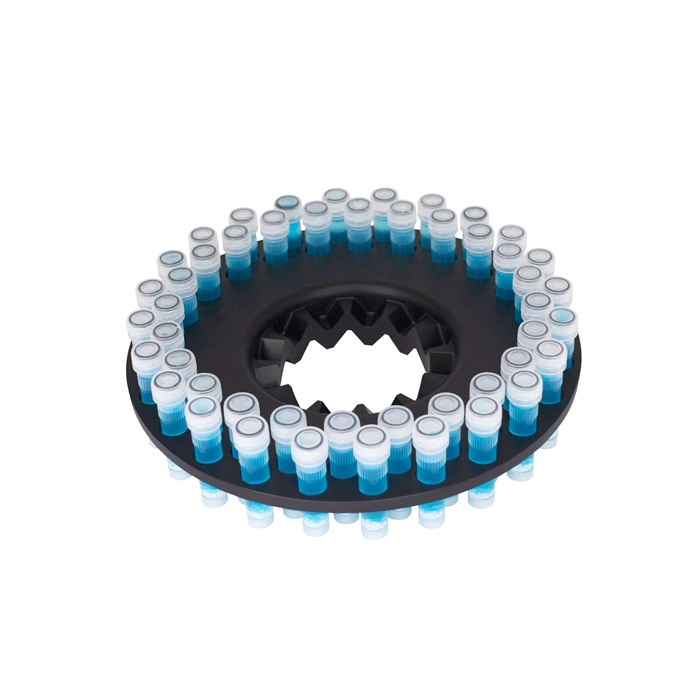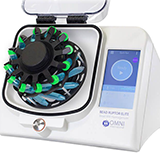
Tube carriage kits, including finger plates
Tube carriage kits are compatible with the Omni Bead Ruptor Elite and include the tube carriage and corresponding finger plate lid.
Tube carriage kits are compatible with the Omni Bead Ruptor Elite and include the tube carriage and corresponding finger plate lid.
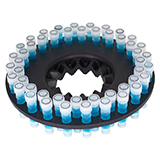
Tube carriages only
Tube carriages are compatible with the Omni Bead Ruptor Elite only and do not include a finger plate lid. The finger plate will need to be ordered separately.
Tube carriages are compatible with the Omni Bead Ruptor Elite only and do not include a finger plate lid. The finger plate will need to be ordered separately.
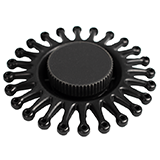
Finger plates only
Finger plates are compatible with the Omni Bead Ruptor Elite only and do not include a tube carriage. The lab’s specific tube size/type carriage will need to be ordered separately.
Finger plates are compatible with the Omni Bead Ruptor Elite only and do not include a tube carriage. The lab’s specific tube size/type carriage will need to be ordered separately.

2 mL stainless steel lysing/grinding cryo tubes
The Bead Ruptor Elite supports a maximum load of 8 of these 2mL stainless steel tubes, at a maximum speed of 6 m/s. These lysing/grinding cryo tubes contain 6 x 12.5 mm stainless steel slugs and are autoclavable.
The Bead Ruptor Elite supports a maximum load of 8 of these 2mL stainless steel tubes, at a maximum speed of 6 m/s. These lysing/grinding cryo tubes contain 6 x 12.5 mm stainless steel slugs and are autoclavable.
Explore our solutions
Featured resources


Filters
1 - 12 of 12 Products and Services
Tube carriage holds 12 x 7 mL Skirted Screw Cap Tubes.
Compatible with 1.5 mL, 2 mL (24 position only), 7 mL, 30 mL, and 50 mL Tube Carriages. Requires separate purchase of the tube carriages.
Tube carriage holds 24 x 2 mL or 0.5 mL Tubes.
Tube Carriage holds 48 x 2 mL or 0.5 mL Tubes.
Tube Carriage holds 6 x 30 mL Tubes.
Finger plates compatible with tube carriage that holds 6 x 30 mL Tubes. Requires separate purchase of the tube carriage.
Microcentrifuge tube carriage holds 24 x 1.5 mL Tubes.
Tube Carriage holds 12 x 15 mL conical centrifuge tubes.
Finger plates compatible with 48 Position 2 mL Tube Carriage only. Requires separate purchase of the tube carriage.
Tube carriage holds 48 x 2 mL or 0.5 mL Tubes.
































